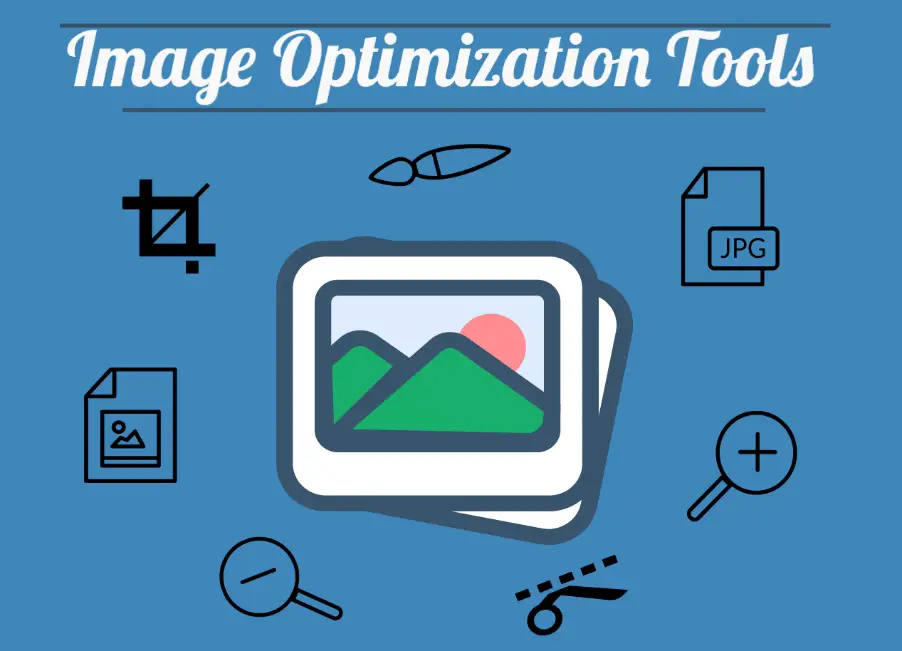Writing Efficient CSS: Optimization Techniques and Tools

Optimizing CSS is crucial for improving website performance, load times, and overall user experience. By implementing the following techniques and leveraging helpful tools, developers can create highly efficient CSS code.

Key Optimization Techniques:

- Use a CSS Preprocessor: SASS, LESS, or Stylus can reduce code repetition, use variables, and facilitate modularity.
- Minimize File Size: Use minifiers like CSSNano or PostCSS to remove redundant characters, whitespace, and comments.
- Use CSS Shorthand Properties: Using single properties that encapsulate multiple declarations, such as
backgroundorborder, reduces code volume. - Leverage CSS Specificity: Assign weights to CSS rules to ensure proper rendering order and minimize conflicts.
- Optimize Images: Use responsive images and optimize their size using compression tools like TinyPNG or ImageOptim.
- Enable CSS Caching: Cache static CSS files on the browser for faster subsequent loads.
- Avoid Vendor Prefixes: Use autoprefixer to automatically add vendor prefixes for cross-browser compatibility.
- Use Critical CSS Inlining: Inline essential CSS within the <head> tag to display critical content immediately.
Helpful Tools for Optimization:
- CSSLint: Linter for detecting potential errors and optimizing code quality.
- Stylelint: Extension of CSSLint with additional rules and configuration options.
- Browser Developer Tools: Built-in tools in browsers like Chrome DevTools offer CSS performance analysis and optimization suggestions.
- WebPageTest: Comprehensive tool for measuring website load speed and identifying areas for improvement.
- GTmetrix: Similar to WebPageTest, GTmetrix provides performance reports and optimization recommendations.
By following these optimization techniques and utilizing the recommended tools, developers can significantly enhance the efficiency of their CSS code. This leads to faster page load times, improved responsiveness, and a better user experience.
